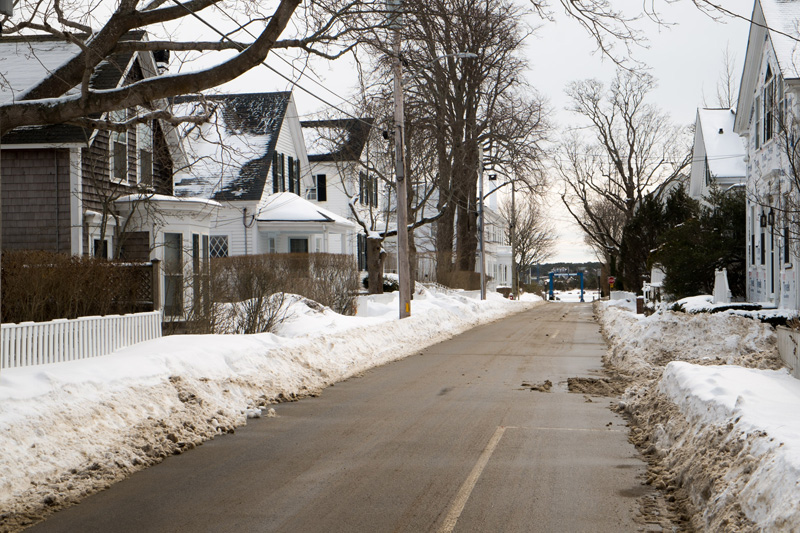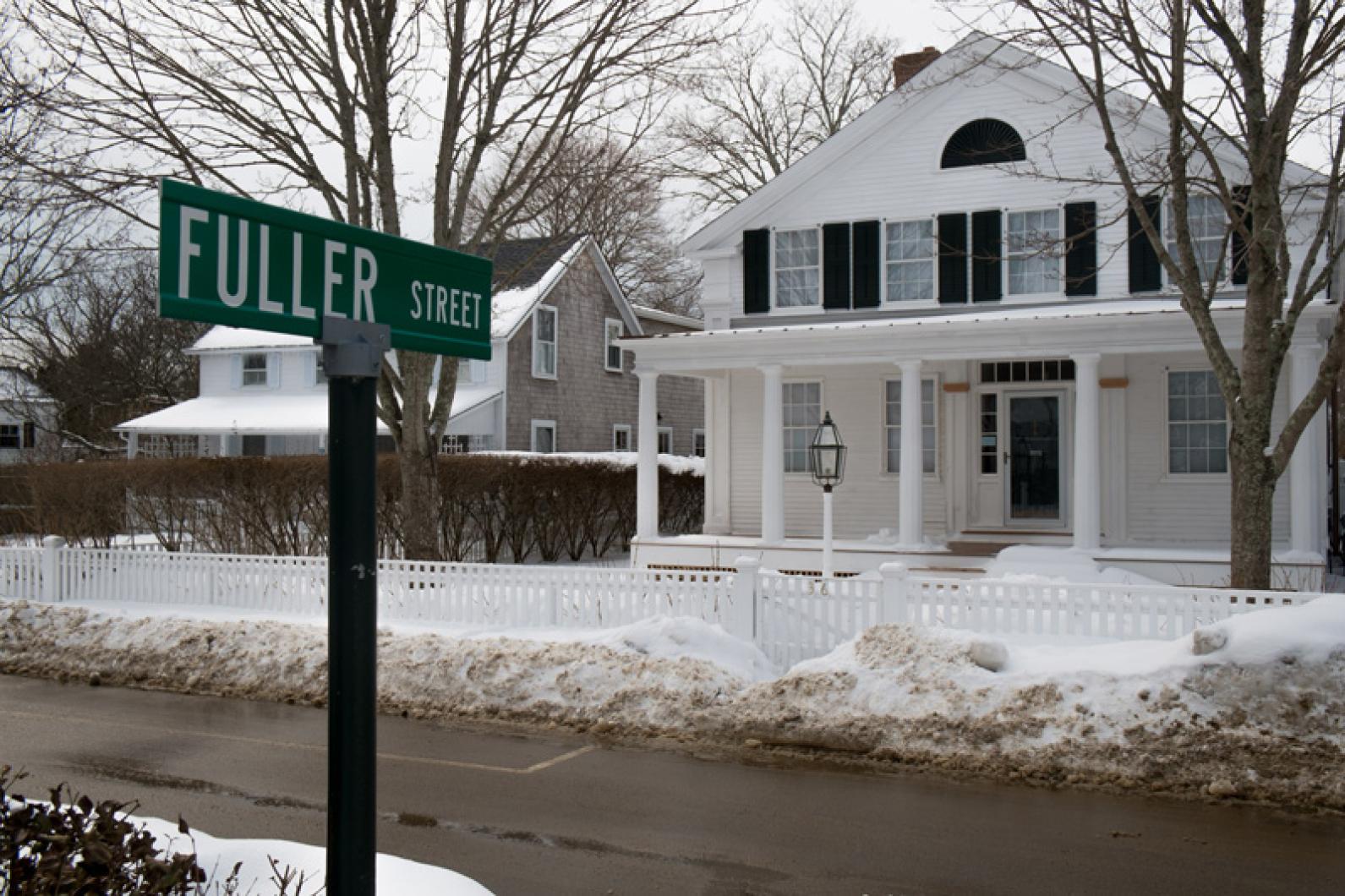The Edgartown historic commission is beginning to test public support for an expansion of the town historic district.
A survey has been mailed to 284 people who own property in an area marked for possible inclusion in the district, which would more than double if lines are redrawn as proposed.
Adopted at a town meeting in 1987, the current historic district is confined largely to the heart of the downtown, where the commission has architectural review over changes made to 343 homes and buildings.
If redrawn, the district would include 709 buildings, stretching from the harbor westward to Pease’s Point Way, with a rough northern boundary at Eel Pond and a southern boundary at Dunham Road.

The expansion would add 279 downtown parcels to the existing 286, increasing the area from 74 to 183 acres.
In the survey, respondents are asked if they think the expansion would benefit the town, and if recent demolitions concern them.
“The reason why we are doing this is to see if there is interest and to see what people think about expanding the district,” said town historic district commission chairman James Cisek. The proposal is still in the early stages of discussion. If it moves forward over the next year, it will likely take 18 months before an expansion can be put on the books.
The commission would conduct public hearings in the summer and draft a possible warrant article for town meeting in April of 2016.
A two-thirds majority vote is required to expand the district. More than once before, the town has failed to achieve this majority.
The proposed boundaries for the new district were originally drawn by resident Edith Blake, who prepared the map in the early 1970s as Edgartown began to consider adopting a historic district. Although officials endorsed the special designation, voters narrowly rejected it at three separate town meetings in the 1970s, before ultimately agreeing to a smaller district in 1987. Mr. Cisek expects some opposition to the current plan, as some property owners feel the restrictions limit what they can do with their homes.
While some residents fear they will no longer be able to expand their homes, commission assistant Bricque Garber said this is not the case.
“Nobody is saying you can’t have more square footage,” she said. “What they want to do is preserve the historic character of the house.”
All buildings in the district, whether historic or not, are subject to commission oversight.

The current district includes buildings on Water, Main, Church and Winter streets, Simpson’s Lane and sections of Summer, Cooke and School streets. But many historic buildings are located outside the district.
In 2011, the demolition of a bungalow on Morse street prompted the town to revisit Ms. Blake’s original boundaries. The 1920s bungalow stood just beyond the historic district at the corner of Morse and Summer streets.
Despite its age, town bylaws did not guarantee the building’s preservation.
“You get a house outside the district that is demolished, and everybody is going, ‘how did that happen?’ ” Mr. Cisek said.
“On the fringe of the historic district is where people are buying and demolishing houses because there is no protection to protect historic homes.”
The entire Edgartown village, a total of 500 homes, was named to the National Register of Historic Places in 1984, but the designation does not prevent demolition.
The town has a rich collection of diverse architectural styles including Greek Revival, colonial, Victorian, Mission and Federal.
“They vary widely both in age and in architectural styles,” said Christopher Scott, executive director of the Martha’s Vineyard Preservation Trust. “There is one place right in front of the Daniel Fisher house where you can see eight different architectural styles.”
Downtown buildings date to the 17th, 18th, and 19th centuries, and include the Island’s oldest residence, the Vincent House, which was built in 1672. The house was moved from near the Edgartown Great Pond to downtown in the late 1970s.
In the interest of preserving that diversity, the commission is looking to gauge support for a district expansion.
Ms. Blake joined the commission a few years ago with that goal in mind.
“We are not going to have a lovely town left if people can just tear down these lovely houses that are 200 years old,” she said. “It cannot be. You cannot destroy the past like that.”






Comments
Comment policy »